Below you can find a complete list of Northwest Pacific Ocean animals. We currently track 194 animals in Northwest Pacific and are adding more every day!
The Northwest Pacific Basin is a region of the Pacific Ocean. To its west is the Kuril-Kamchatka Trench, which links Russia, Korea, and Japan; to its east is the Emperor Seamount Chain, an underwater mountain range that reaches Hawaii. Its southern border is near the Hawaiian islands of Necker Island and Marcus Island. It is one of the ocean regions where cyclones and typhoons form.
Its primary seas include:
- Sea of Okhotsk
- Kamchatka Shelf
- Bering Sea
- Northern Honshu
- Sea of Japan
- Yellow Sea
- East China Sea
Some of the chief islands of the Northwest Pacific are:
- Aleutian Islands
- Puget Sound
- Kuril Islands
- Japanese Islands
- Vancouver Island
The Northwest Pacific’s range includes tropical islands, but the water in its northern regions is cold. Fish that thrive in these cold waters include the Pacific halibut, salmon of all varieties, and gold country pollock. There are 13 whale species native to the Northwest Pacific.
Its marine life includes gray whales, humpback whales, blue whales, minke whales, and sperm whales. The waters are home to killer whales, bottlenose dolphins, and Pacific white-sided dolphins. Porpoises include the Ball’s porpoise and harbor porpoise.
Its waters are important fishing grounds for mackerels, tunas, shrimps, sardines, milkfish, sea breams, croakers, and seaweed.
One of the most important fish of the North Pacific is the herring. Like sardines and anchovies, herrings are forage fish. They are a vital food source for a huge number of larger fish and endangered marine mammals. Salmons, porpoises, seals, and other animals swarm the waters during herring spawning seasons.
Unfortunately, herring populations have dropped in recent years. Conservation groups along the Northern Pacific coastline are working to restore the population of these critical fish.
Millions of seabirds make their home on the coastlines of the Pacific Northwest. These include auklets, puffins, fulmars, terns, and almost all of the world’s 250,000 red-legged kittiwakes (Rissa brevirostris).
What Is the National Animal of the Northwest Pacific?
As an ocean, the Pacific Northwest is not a country and does not have its own national animal. Listed are the national animals of some countries with coasts on the Northwest Pacific.
- United States: Bald eagle and bison
- Japan: Japanese green pheasant
- Korea: Siberian tiger
Where To Find the Top Wild Animals in the Northwest Pacific
With many whale species, the Pacific Northwest is an ideal place for whale-watching tours. Along the Pacific coastline in North America, there are more than 100 whale watching sites that are part of the Whale Trail Project. Key spots include Sea Lion Caves in Oregon, Cape Flattery in Washington, and Lighthouse Park in British Columbia.
Aside from whales and porpoises, you can spot California sea lions, harbor seals and sea otters.
Fishing and charter boat trips provide an opportunity to visit the many islands of the Pacific Northwest. These islands are feeding grounds for seals, birds, dolphins, otters, and sea turtles.
The islands of the Pacific Northwest are scenic and wooded. They are home to large mammals like wolves, bears and cougars. Camping, fishing, and sightseeing trips to these islands are a great opportunity to see the wildlife and marine life of this region.
The Most Dangerous Animals in the Northwest Pacific Ocean Today
The most dangerous animal is the killer whale or orca. An apex predator in any environment, the killer whale lives everywhere except the Arctic Ocean.
Killer whales feed on whatever is available, including fish, seals, dolphins, and other whales. Wild killer whales are not dangerous to humans. There are no recorded attacks of killer whales on people.
Extinct and Endangered Animals of the Northwest Pacific
The following animals are in danger of becoming extinct:
Unique Marine Life
The Northwest Pacific Ocean is home to a rich variety of marine life, and its islands and coastlines are excellent places to see its native wildlife. Sea otters, puffins, and dolphins are among the many cute, unusual creatures you will find here.
Northwest Pacific Ocean Animals
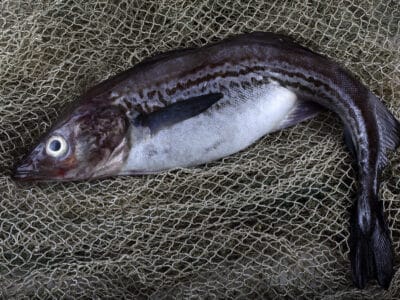
Alaskan Pollock
It's one of the most commonly eaten fish in the world
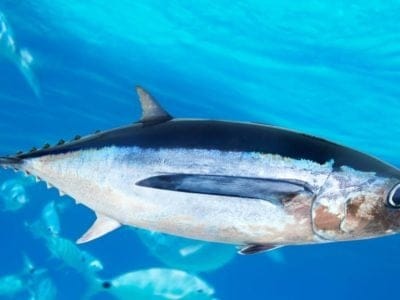
Albacore Tuna
The albacore is a very fast swimmer
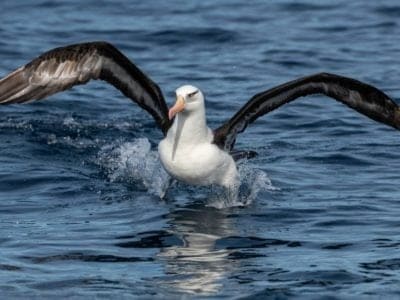
Albatross
The largest wingspan of any bird in the world!
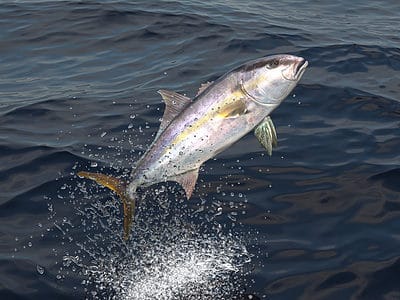
Amberjack
Amberjack can grow up to 200 pounds
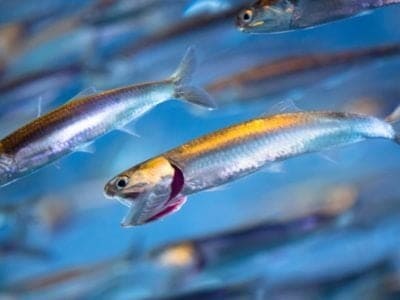
Anchovies
November 12th is celebrated as National Pizza with the Works Except Anchovies Day
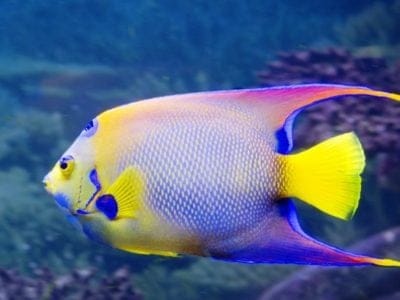
Angelfish
There are 70 different species!
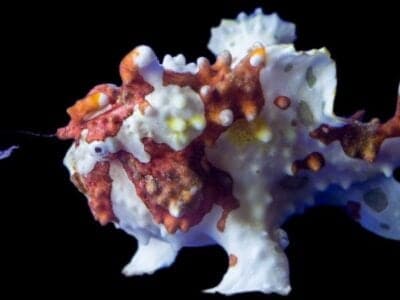
Anglerfish
The anglerfish has a glowing lure on its head to attract unsuspecting prey
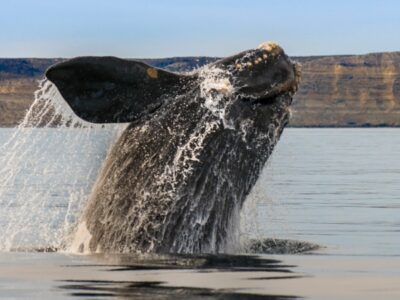
Baleen Whale
“Sings” a whale song during breeding season.
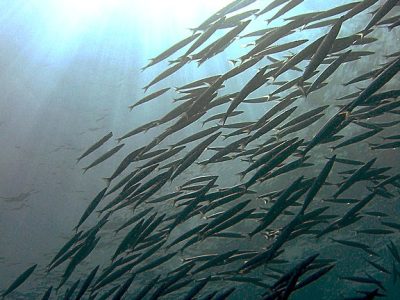
Barracuda
Can grow to nearly 2 meters long!
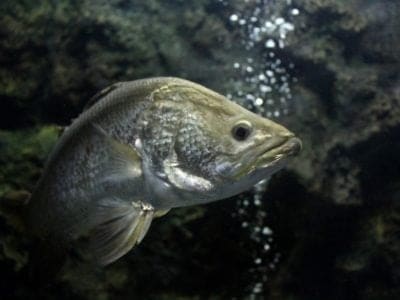
Barramundi Fish
Scale rings indicate age
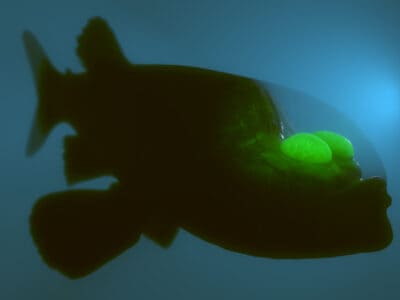
Barreleye Fish (Barrel Eye)
A barreleye fish's eyes can rotate in their head to look for prey.
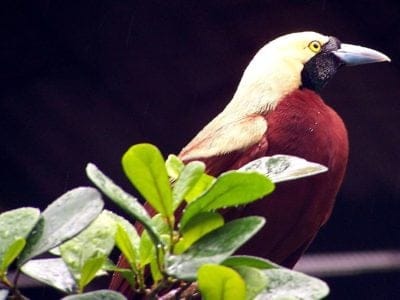
Bird
Not all birds are able to fly!
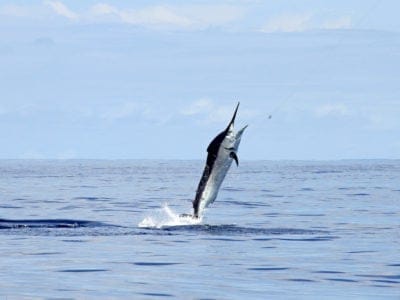
Black Marlin
Every black marlin is born as a female.
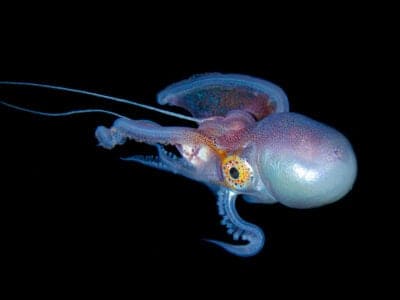
Blanket Octopus
Females can weigh up to 40,000 times more than their partners.
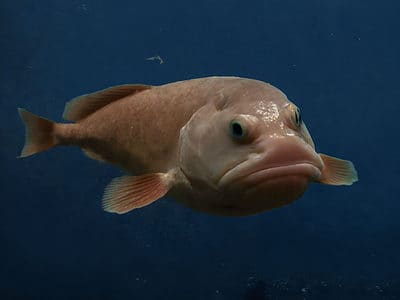
Blobfish
One of the ugliest creatures in existence!
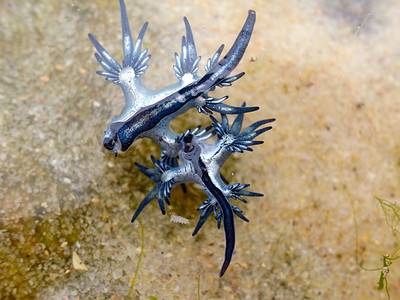
Blue Dragon Sea Slug
They inflict a painful, venomous sting
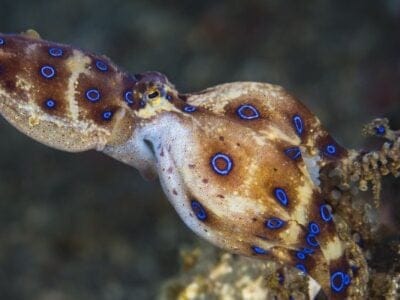
Blue-Ringed Octopus
The blue-ringed octopus produces some of the deadliest poison in the world
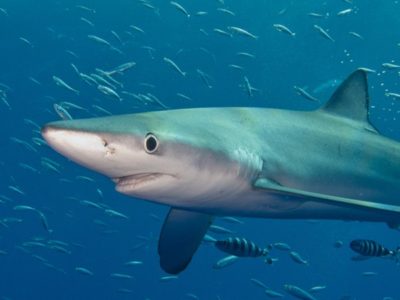
Blue Shark
Blue sharks can have up to 135 pups at a time.
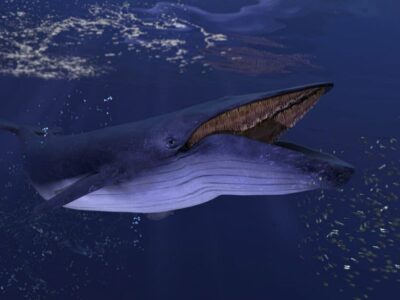
Blue Whale
The largest animal on Earth
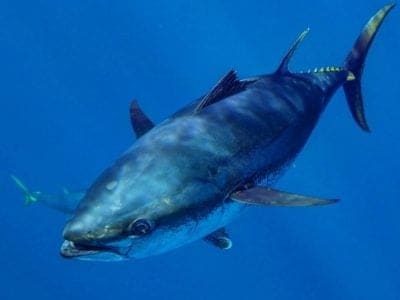
Bluefin Tuna
The bluefin is one of the largest fish in the world
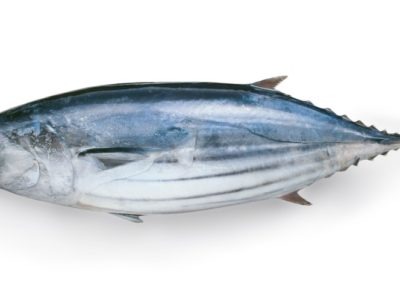
Bonito Fish
May eat squid or other small invertebrate ocean life
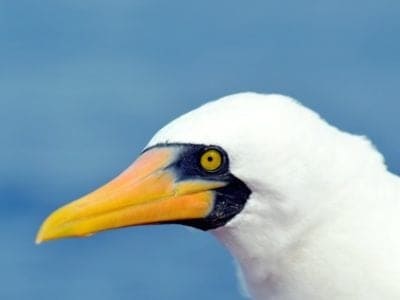
Booby
Seabirds found across the South Pacific!
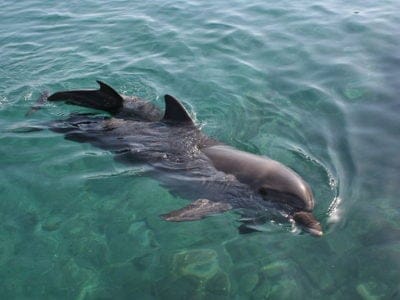
Bottlenose Dolphin
Stays in groups from 15 to 2,000 in number!'
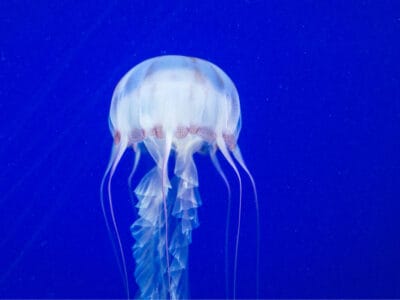
Box Jellyfish
Venomous marine animals
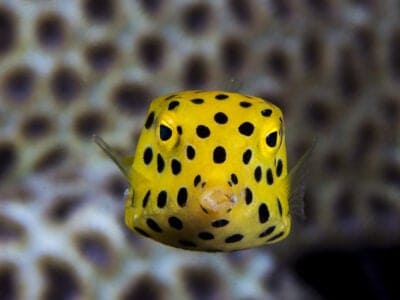
Boxfish
Can release a toxin from its skin
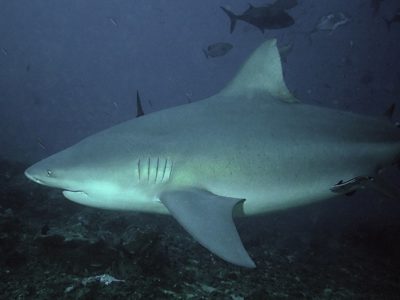
Bull Shark
Unpredictable and aggressive temperament!
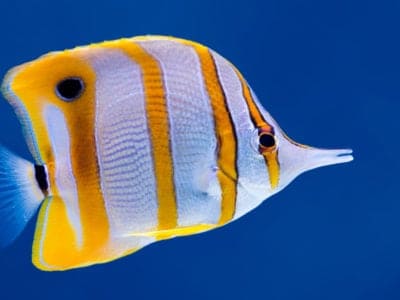
Butterfly Fish
There are more than 100 different species!
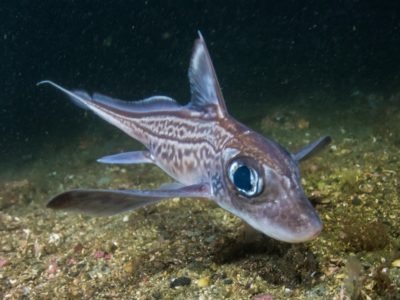
Chimaera
Also called ghost shark
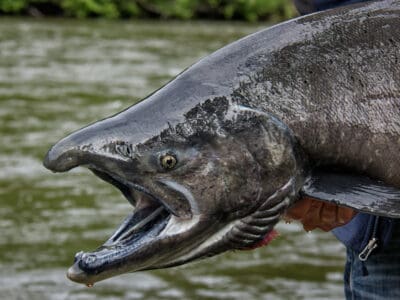
Chinook Salmon
The Chinook salmon undertakes a long migration for the spawning season
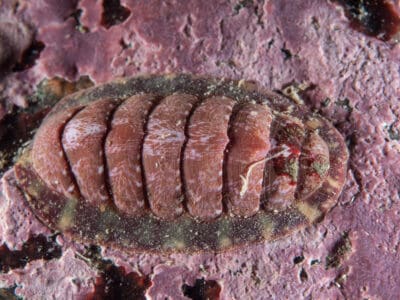
Chiton
Chitons are closely related to snails, oysters, and mussels because of their shared phylum
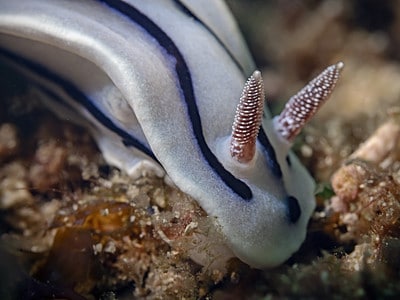
Chromodoris Willani
Their skin is toxic
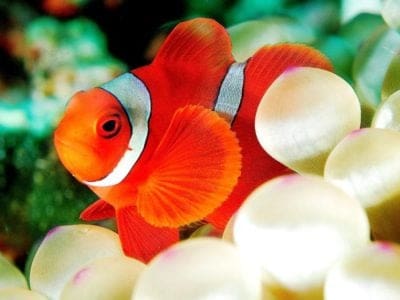
Clownfish
Also known as the anemonefish!
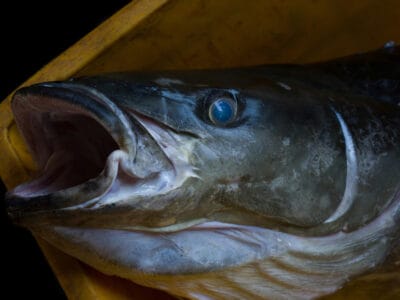
Cobia Fish
It has teeth not only in its jaws but in its tongue and the roof of its mouth
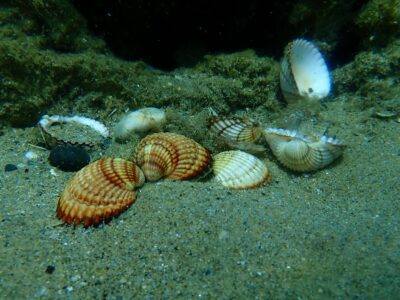
Cockle
Cockles live quite long; their lifespan usually ranges from 5 to 10 years in the wild.
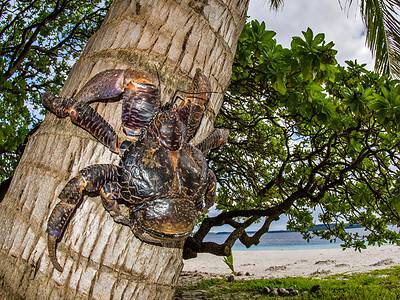
Coconut Crab
The largest terrestrial arthropod in the world
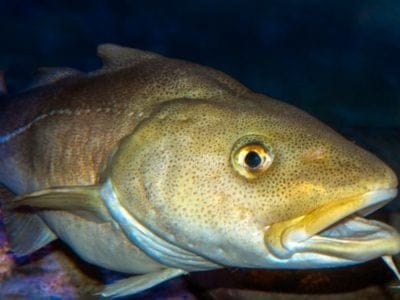
Codfish
Codfish are carnivorous and eat other fish, including young codfish.
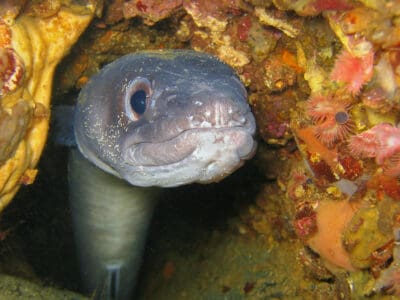
Conger Eel
The European Conger ( Conger conger) can weigh as much as an adult human!
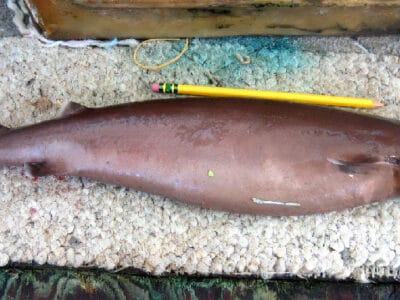
Cookiecutter Shark
The cookiecutter shark takes its name because it leaves a cookie-shaped bite hole in its prey.
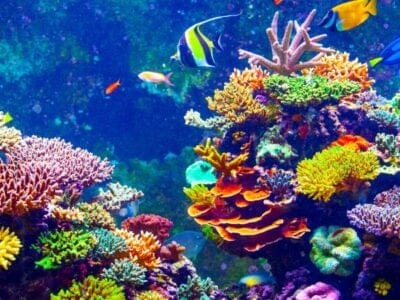
Coral
There are more than 6000 species of coral in the world's oceans.
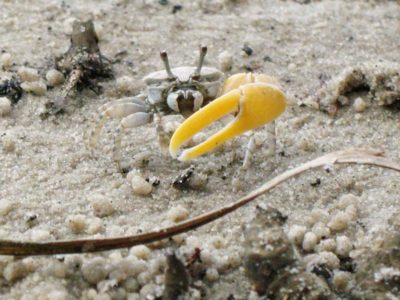
Crab
There are 93 different crab groups
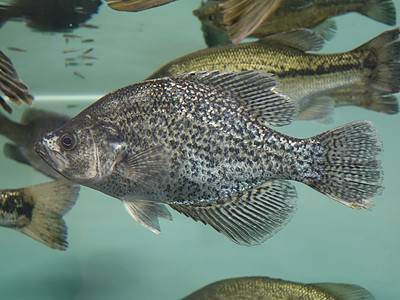
Crappie Fish
The crappie is one of the most popular freshwater fish in North America.

Cuttlefish
Found throughout the world's oceans!
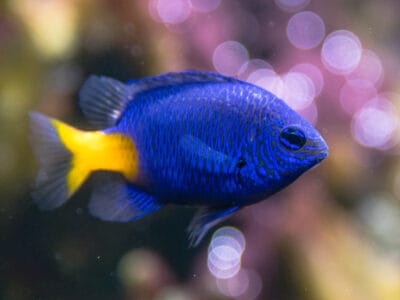
Damselfish
Damselfish belong to the family Pomacentridae
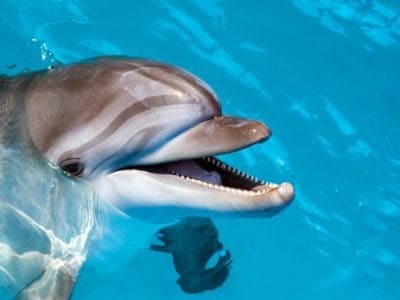
Dolphin
Can reach speeds of up to 25 mph!
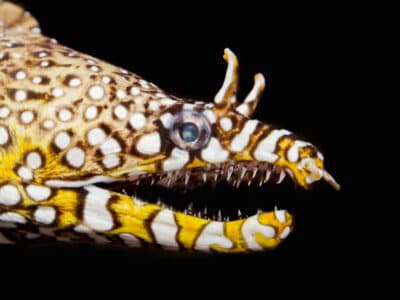
Dragon Eel
Dragon eels have double jaws and two sets of razor-sharp teeth
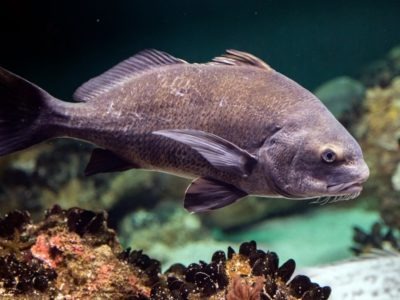
Drum Fish
The drum fish makes a croaking sound with its swimming bladder!
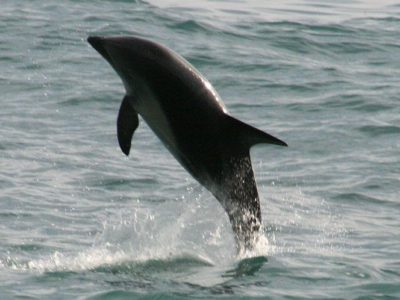
Dusky Dolphin
Communicates using whistles, squeaks and clicks!
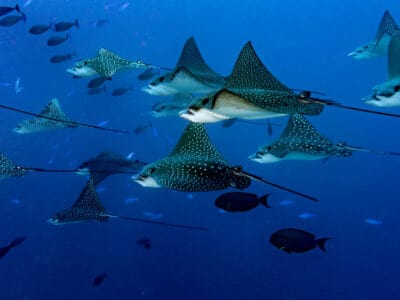
Eagle Ray
Majestic underwater bird like fish
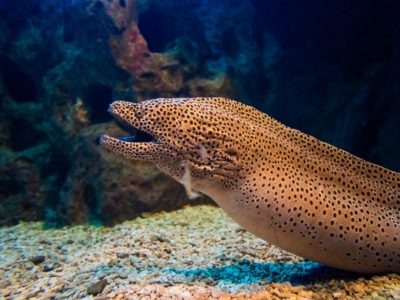
Eel
Eels can be a mere few inches long to 13 feet!
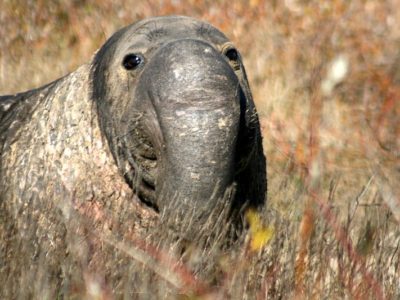
Elephant Seal
The largest species of seal in the world!
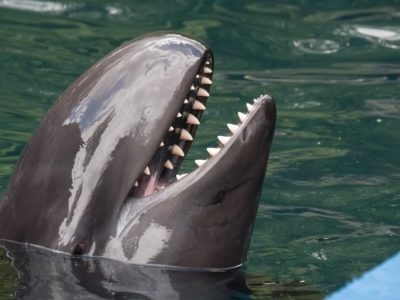
False Killer Whale
The false killer whale looks like a cross between a dolphin and orca!
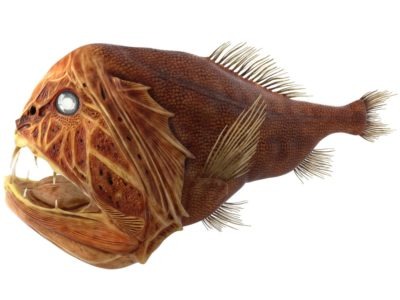
Fangtooth
Has the largest teeth compared to body size of any known fish!
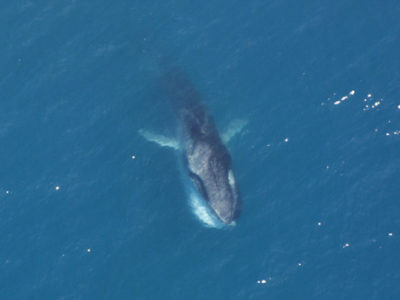
Fin Whale
Found throughout ocean waters worldwide!
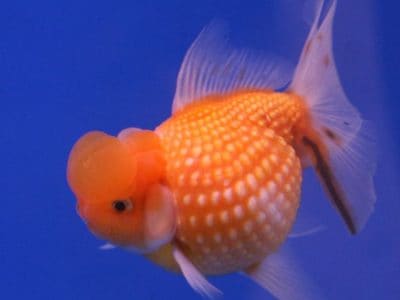
Fish
Respire through the gills on their heads!
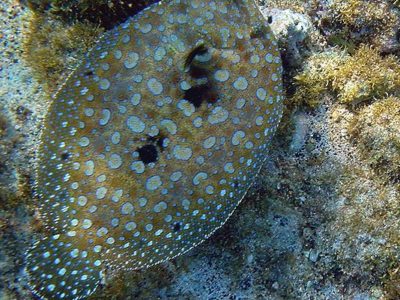
Flounder
A flat fish found in the Atlantic and Pacific!
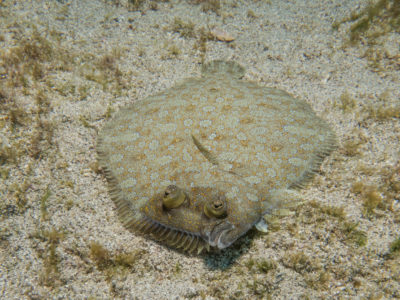
Flounder Fish
There are around 240 different species of Flounder fish
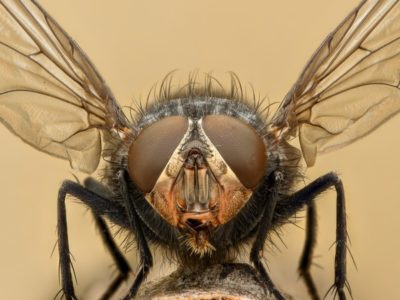
Fly
There are more than 240,000 different species!
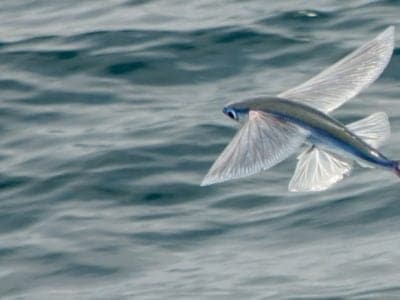
Flying Fish
Can glide in the air for hundreds of feet

Football Fish
The football fish is named after its unusual round or oblong shape
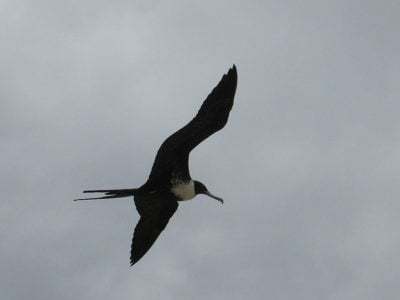
Frigatebird
Found inhabiting tropical islands and coasts!
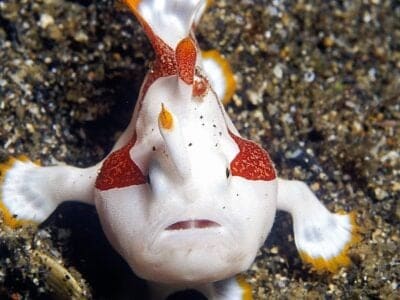
Frogfish
The frogfish can change colors, but it takes several weeks to do so
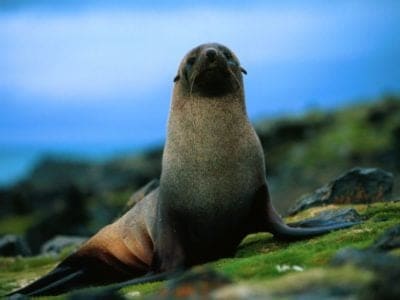
Fur Seal
Found only in the Northern Hemisphere!
Galapagos Penguin
Found around the Equator!
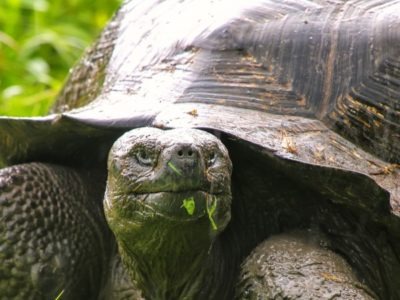
Galapagos Tortoise
The biggest species of tortoise in the world!

Garden Eel
Garden eel colonies are made up of hundreds to thousands of individuals.
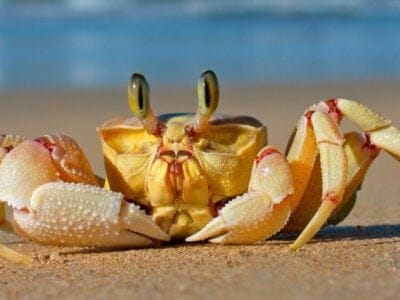
Ghost Crab
Their eyestalks, which are sometimes horned, can swivel 360 degrees
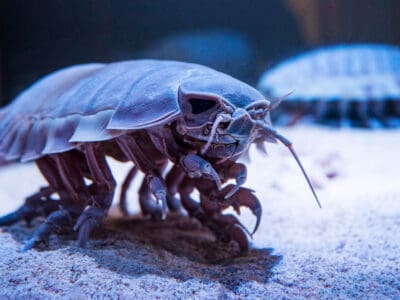
Giant Isopod
Giant isopods are the largest group of isopods in the world
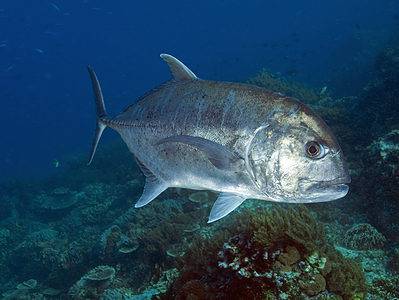
Giant Trevally
The largest fish in its genus
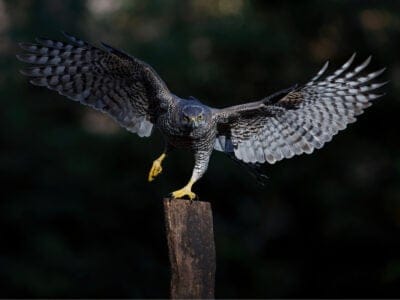
Goshawk
The goshawk is a popular choice among European falconers
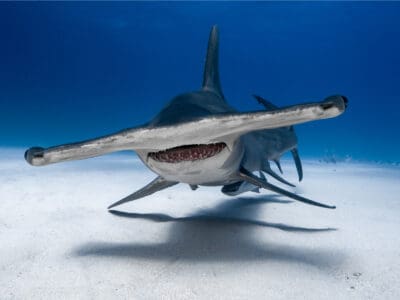
Great Hammerhead Shark
Great hammerhead sharks have a 360 view because their eyes are situated on the ends of their mallet-like heads.
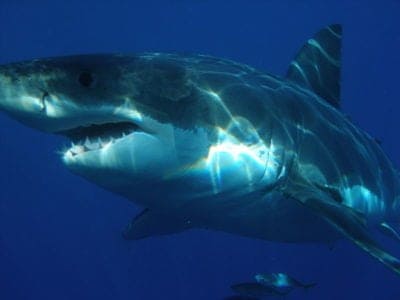
Great White Shark
Can grow to more than 8 meters long!
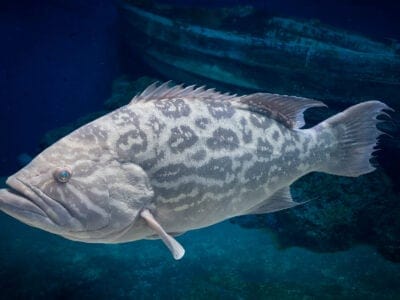
Grouper
Many grouper can change their sex, and it is always from female to male.

Gulper Eel
Gulper eels have a similar lifespan to humans and can live up to 85 years old. However, their age depends on their habitat and the availability of food.
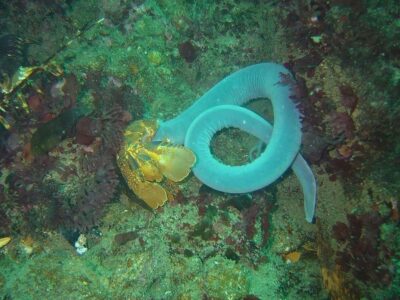
Hagfish
Can use slime to suffocate marine predators or escape capture
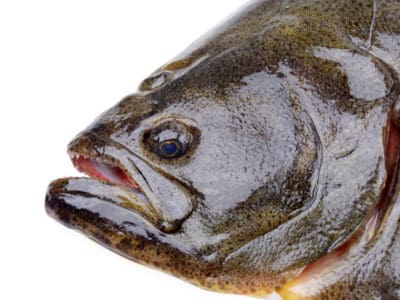
Halibut
The word "halibut" is comes from haly meaning "holy" and butte meaning flat fish due to its popularity on Catholic holy days.
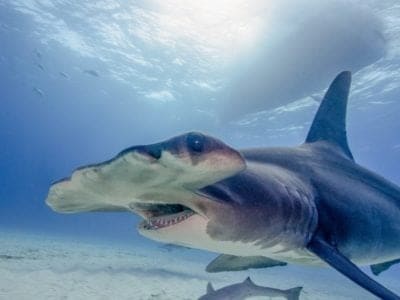
Hammerhead Shark
Found in coastal waters around the world!
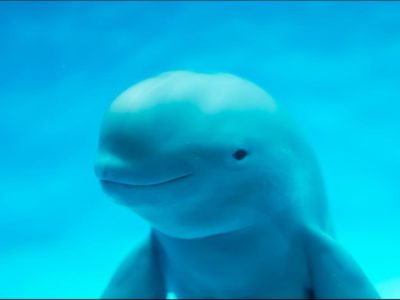
Harbor Porpoise
Surprisingly, not a dolphin!
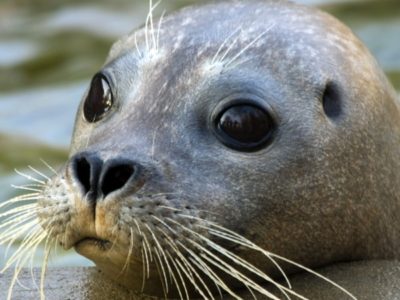
Harbor Seal
Harbor seals can dive as deep as 1400 feet
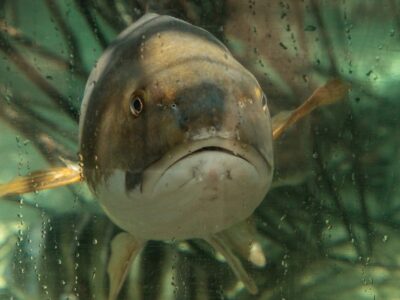
Hardhead Catfish
The hardhead catfish has a sharp spine near its fin to inject venom
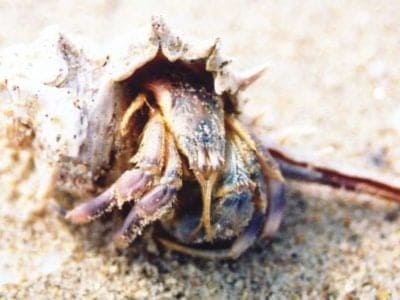
Hermit Crab
There are over 500 different species!
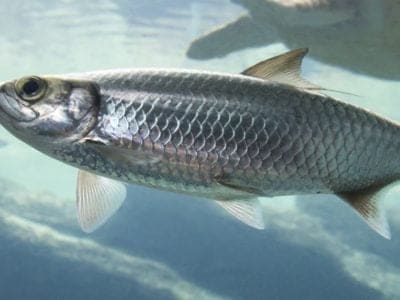
Herring
People enjoy the taste of the oily fish in many different ways including pickled, smoked, salted, dried and fermented.
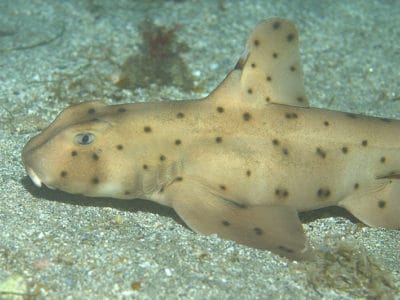
Horn Shark
Endemic to the Californian coast!
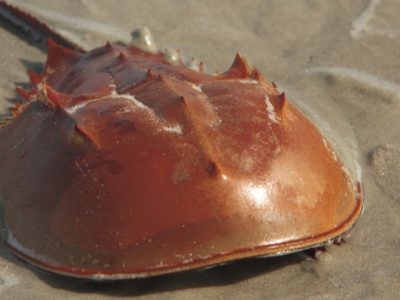
Horseshoe Crab
Changed little in over 500 million years!
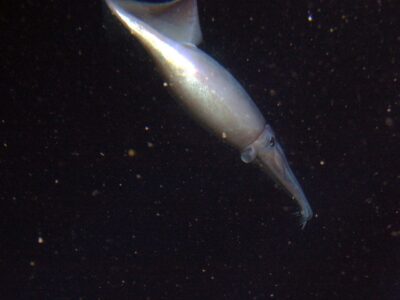
Humboldt Squid
The Humboldt squid can change colors to communicate
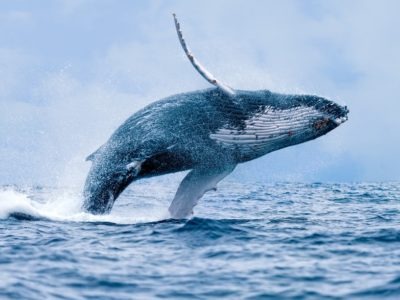
Humpback Whale
There are thought to be 80,000 left in the wild!
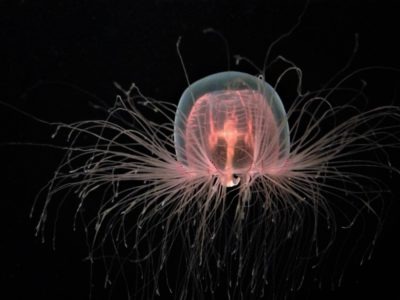
Immortal Jellyfish
Excellent hitchhiker on long-trip cargo ships
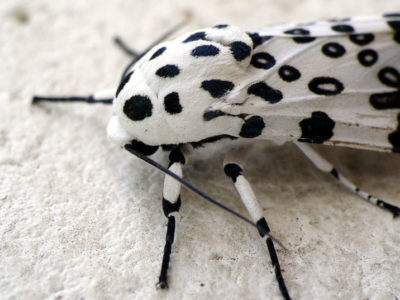
Insects
There are an estimated 30 million species!
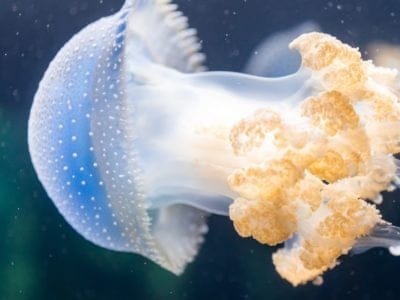
Jellyfish
Have tentacles around their mouths!
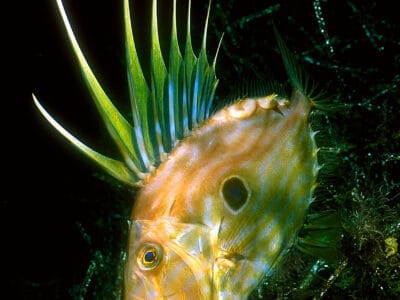
John Dory
The John Dory is often labeled one of the ugliest fish in the world and has no known relatives.
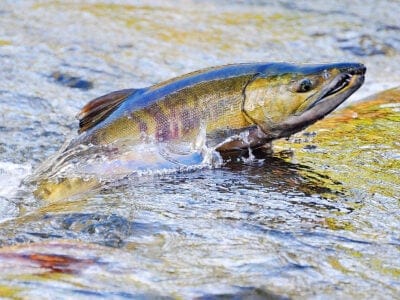
Keta Salmon
During spawning the look of the male changes. Among other things, he grows a beak called a kype that bears fangs.
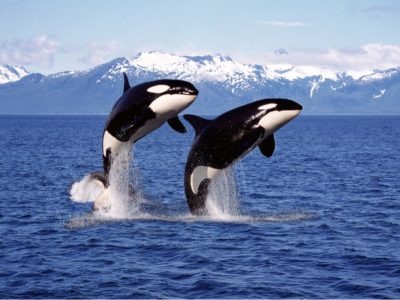
Killer Whale
Typically consumes over 200 kg of food a day!
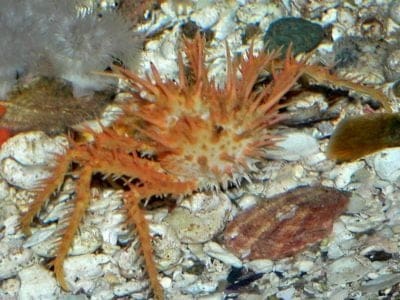
King Crab
Can have a leg span of nearly 2 meters!
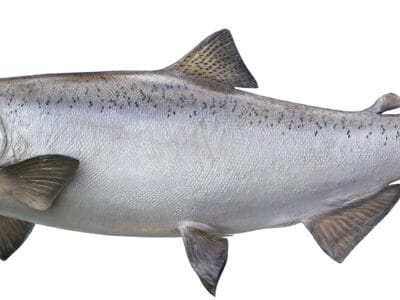
King Salmon
Largest of the Pacific salmon
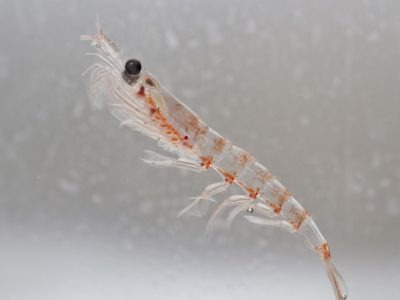
Krill
The krill is perhaps the most important animal in the marine ecosystem!
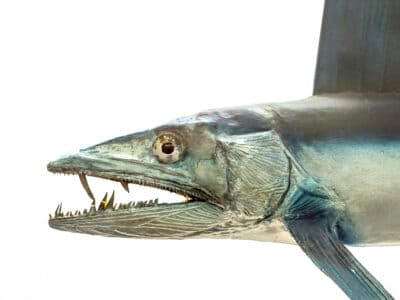
Lancetfish
Lancetfish live at depths up to 6,500 feet below sea level
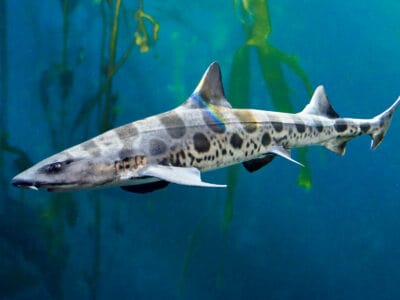
Leopard Shark
Leopard Sharks have teeth with three points.
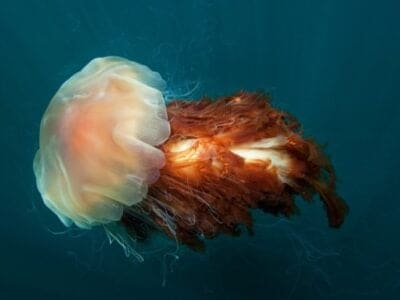
Lion’s Mane Jellyfish
Though it’s a huge animal, the lifespan of the lion’s mane jellyfish is only a year.
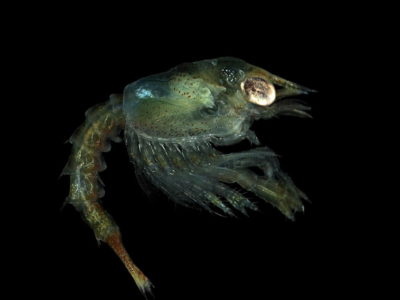
Lobster
Have been known to reach 100 years old!
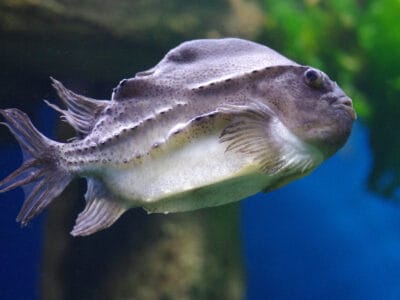
Lumpfish
The lumpfish have sticky suction cups on their fins
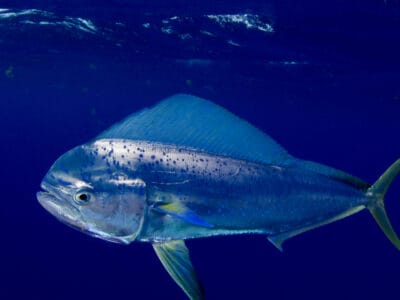
Mahi Mahi (Dolphin Fish)
It's called the rabbit of the ocean because it multiplies so quickly.
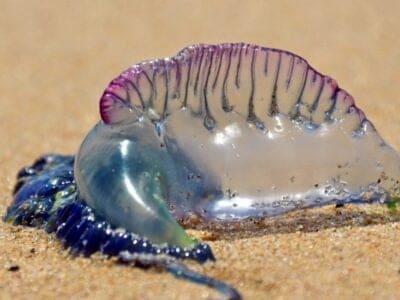
Man of War Jellyfish
Named for an 18th century warship
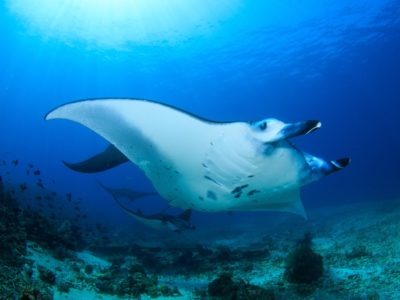
Manta Ray
Can grow up to 9m wide!
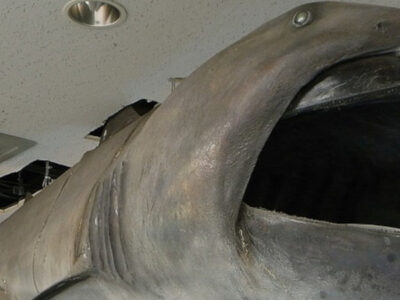
Megamouth Shark
Swims with its mouth open to capture prey
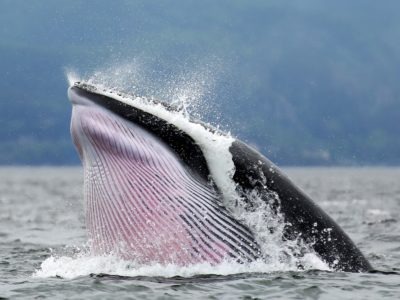
Minke Whale
There are two recognised species!
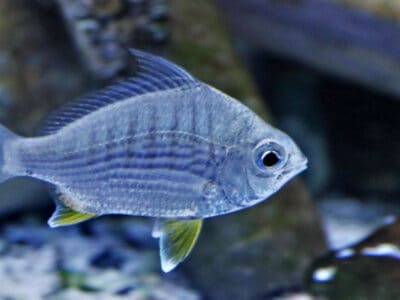
Mojarra
The mojarra's protruding mouth allows it to sift along the seabed for food
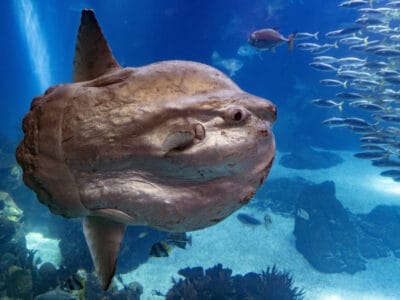
Mola mola (Ocean Sunfish)
The ocean sunfish is the biggest bony fish in the world
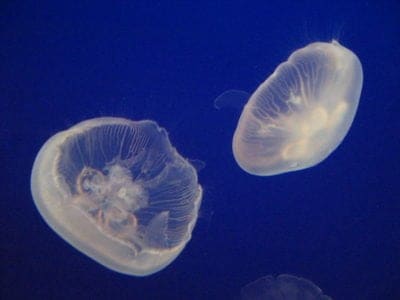
Moon Jellyfish
Moon Jellies are bioluminescent, so they glow in the dark! They can also de-age!
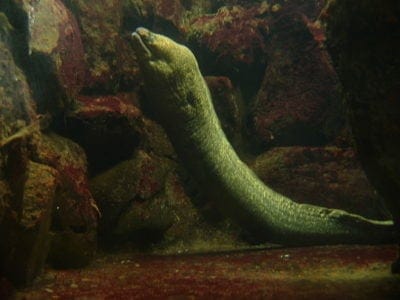
Moray Eel
Sometimes, groupers invite moray eels to help them hunt!
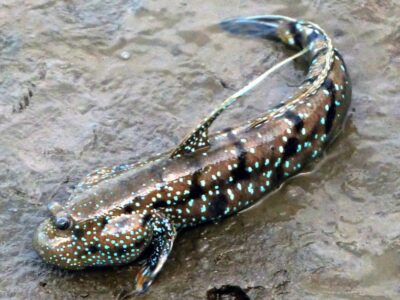
Mudskipper
They walk on land
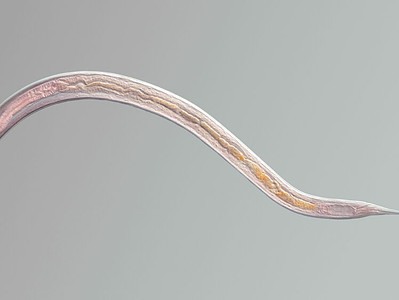
Nematode
Nematodes range in size from 1/10 of an inch to 28 feet long
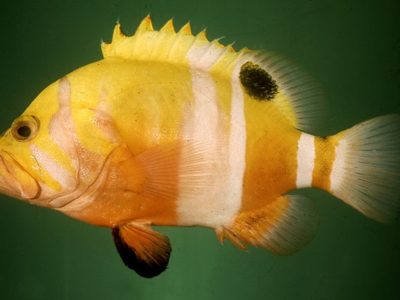
Neptune Grouper
The largest recorded specimen ever caught was 17" long
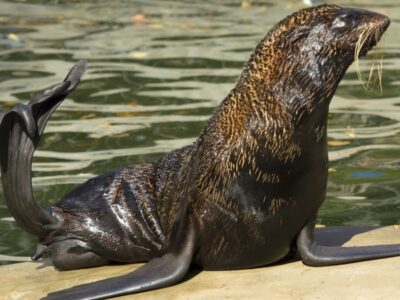
Northern Fur Seal
Dense underfur means they don’t need blubber to stay warm
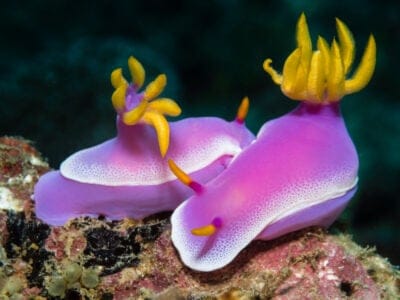
Nudibranch
They get toxins from their prey to use it against predators.
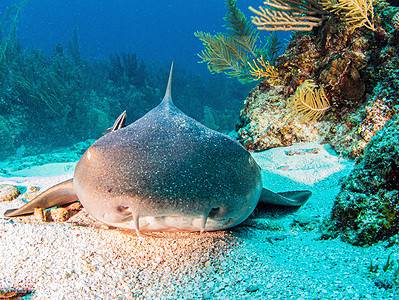
Nurse Shark
Commonly found in Central American waters!
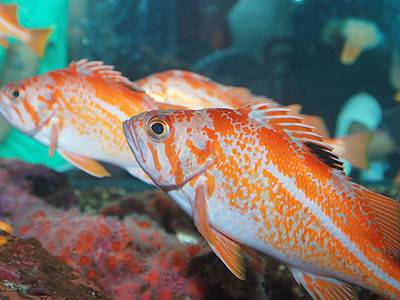
Ocean Perch
As a scorpionfish, the ocean perch has spines along its back!
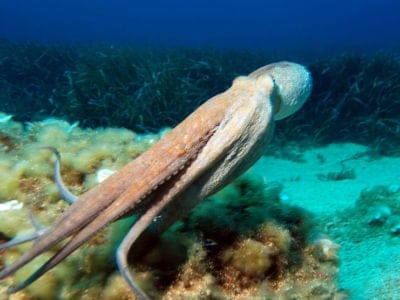
Octopus
There are around 300 different species!
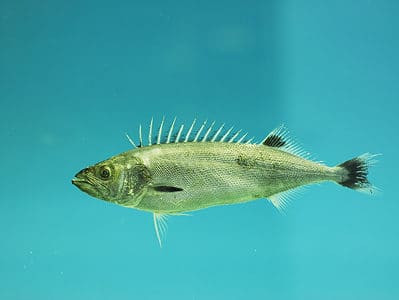
Oilfish
They live in deep water as far as 2,600 feet below the water’s surface.
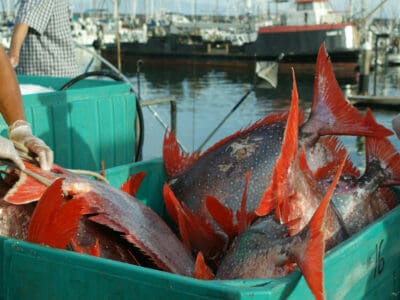
Opah
Opah are brightly colored, with red-orange fins and a silvery body.
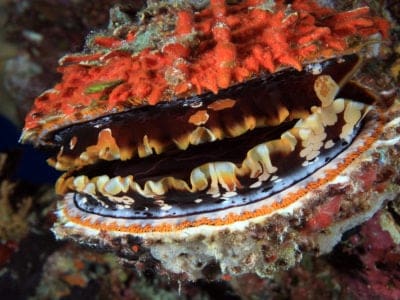
Oyster
Can process up to 10 litres of water an hour!
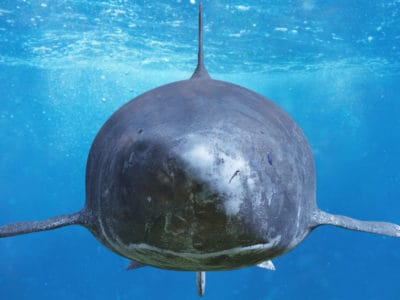
Pacific Sleeper Shark
In 2015, a Pacific Sleeper Shark was filmed living underneath an active volcano near the Solomon Islands. This shark is able to survive in waters with very high temperatures and acidity!
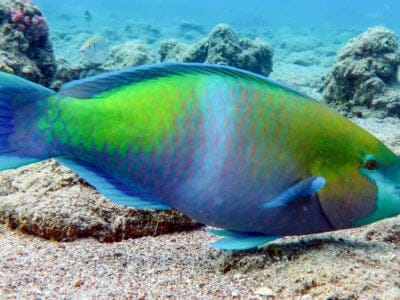
Parrotfish
The parrotfish can change from female to male at some point in its life.
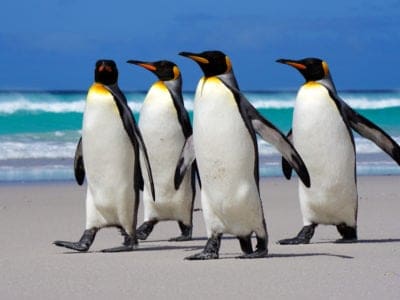
Penguin
Spends 75% of it's time hunting for food!
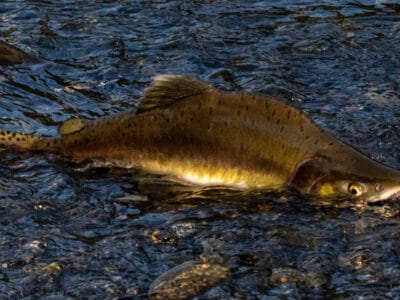
Pink Salmon
The smallest of the North American salmon
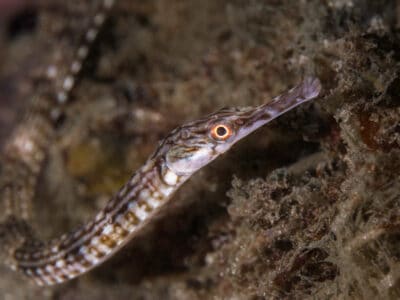
Pipefish
The male pipefish has the ability to carry fertilized eggs with him
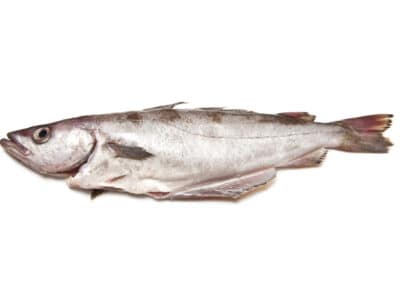
Pollock Fish
Pollock is a nutritious fish, generally readily available for human consumption, and more sustainable and affordable than other whitefish species like hake or haddock.
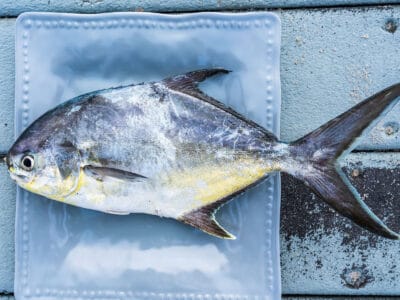
Pompano Fish
They are bottom-feeders
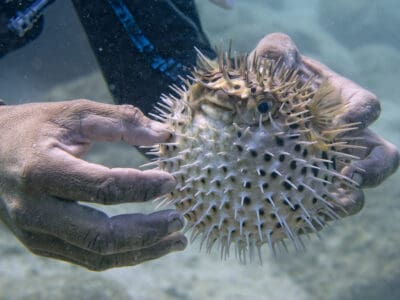
Porcupinefish
The Porcupinefish secrete a potent neurotoxin known as tetrodotoxin; this poison can kill both people and predators.
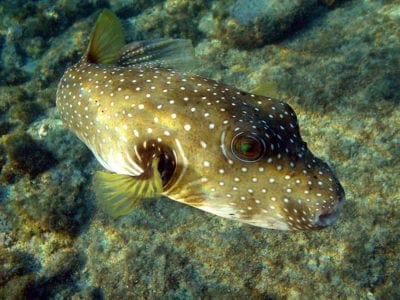
Pufferfish
The second most poisonous creature in the world!
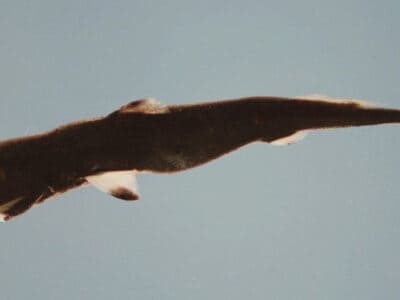
Pygmy Shark
Pygmy sharks underbelly glows to attract prey that swims beneath it.
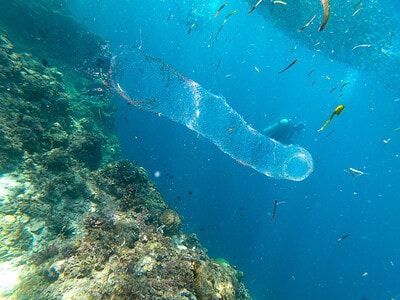
Pyrosome
They float with the current.
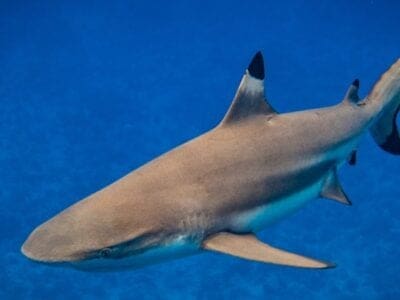
Reef Shark
Grey reef sharks can give birth without males
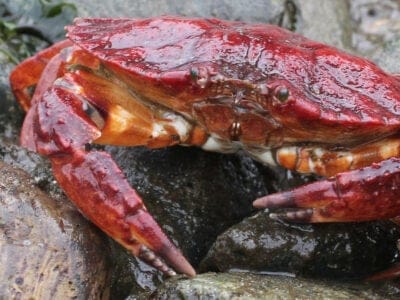
Rock Crab
Males will fight each other to get to females.
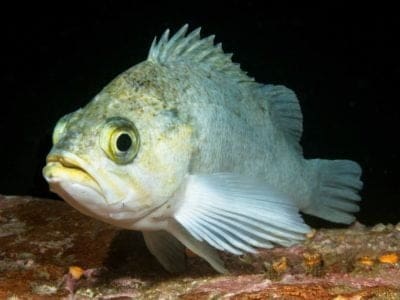
Rockfish
These fish can grow up to three feet long!
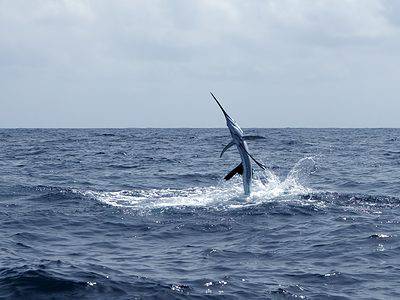
Sailfish
Fast billfish with a sail-like dorsal fin
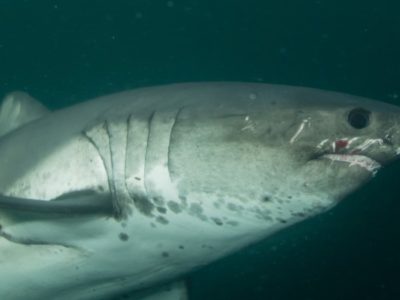
Salmon Shark
Salmon sharks are related to Great Whites.
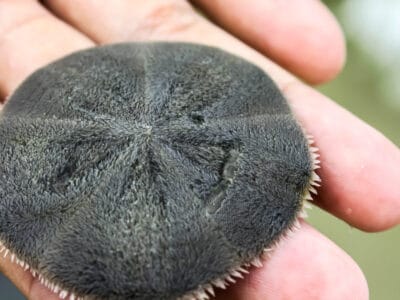
Sand Dollar
Sand Dollar skeletons make popular collection items for seashell collectors.
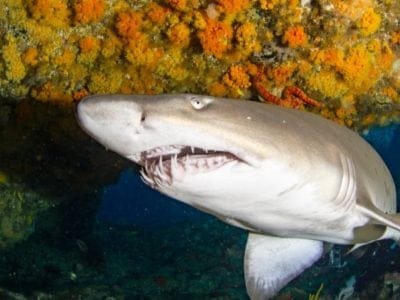
Sand Tiger Shark
The sand tiger is the shark most commonly seen in aquariums.
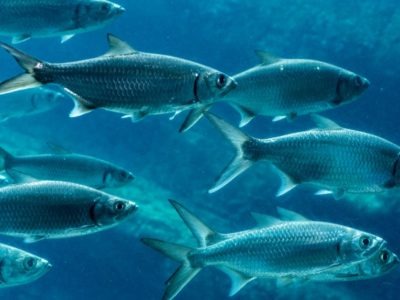
Sardines
Schools of sardines can be miles long and are often visible from an airplane
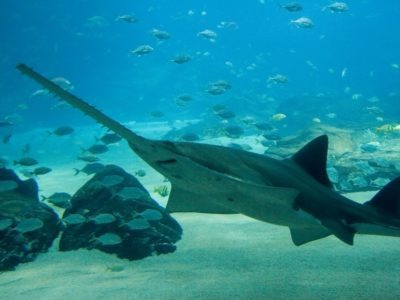
Sawfish
Sawfish teeth keep growing as the fish gets older
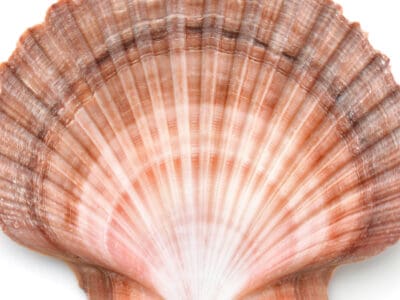
Scallops
Scallops begin their lives by attaching to sea grass on the ocean floor.
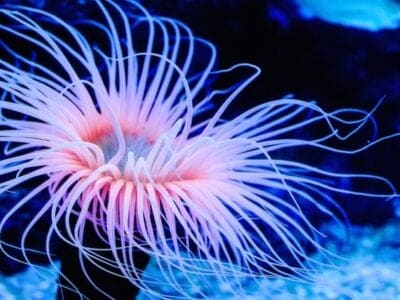
Sea Anemone
Creatures have characteristics of both animal and plant
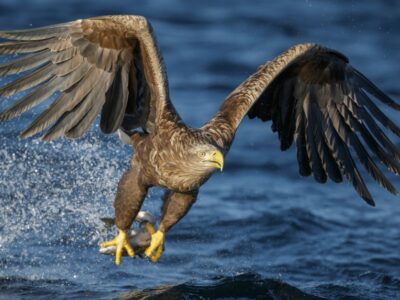
Sea Eagle
The sea eagle tends to mate for life with a single partner
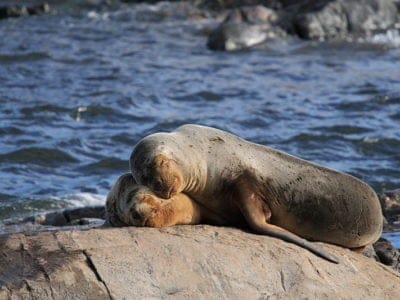
Sea Lion
It's flippers allow it to walk on the land
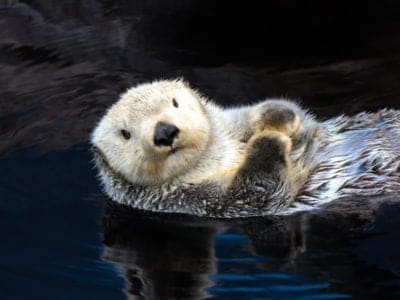
Sea Otter
Eats over 40 different marine species!

Sea Slug
All sea slugs have both male and female sex organs
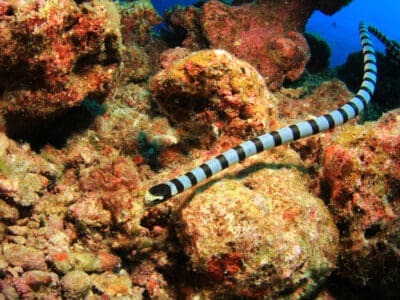
Sea Snake
The sea snake is incredibly venomous, even more than a cobra!”
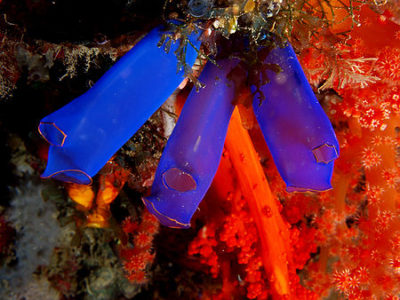
Sea Squirt
There are more than 3,000 known species!
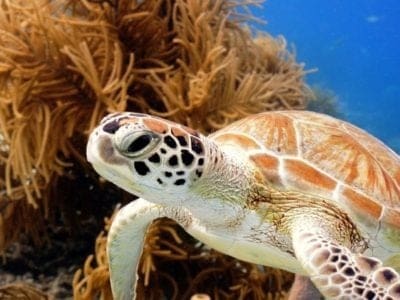
Sea Turtle
Always return to the same beach to lay eggs!
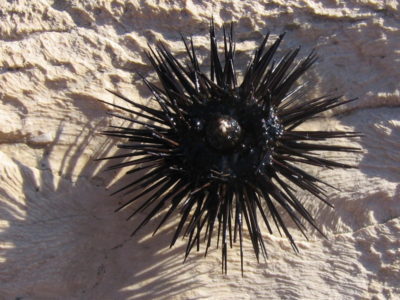
Sea Urchin
Can live for up to 200 years!
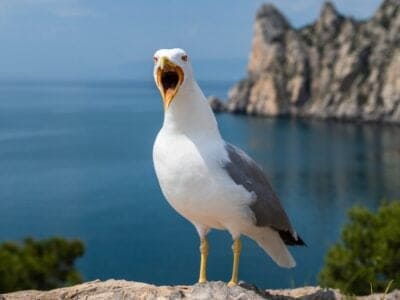
Seagull
Some gulls are capable of using tools
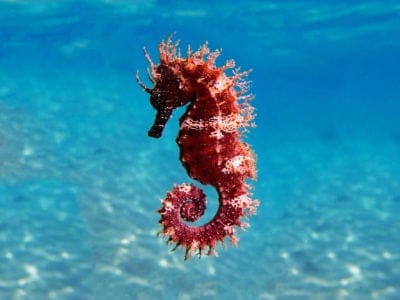
Seahorse
Males give birth to up to 1,000 offspring!
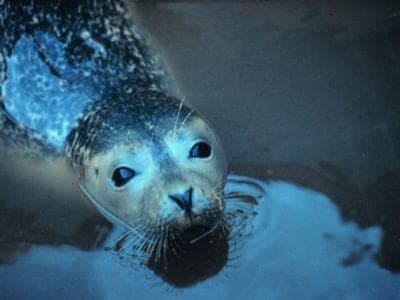
Seal
There are 30 different species worldwide!
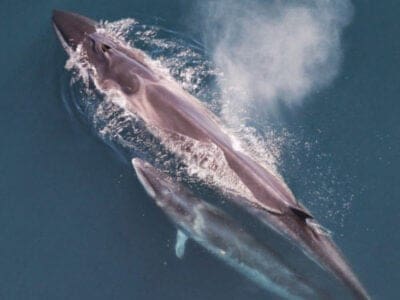
Sei Whale
This whale is one of the fastest of the cetaceans
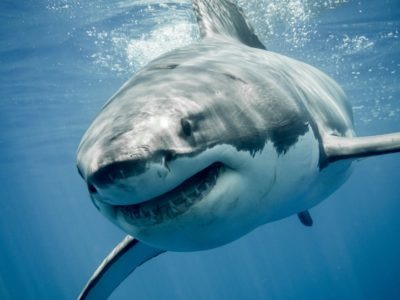
Shark
No shark species has any bones in their bodies
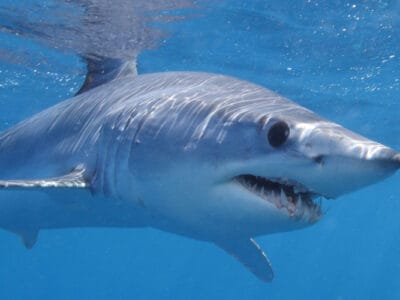
Shortfin Mako Shark
Shortfin Mako sharks can jump 20 feet above the water!”
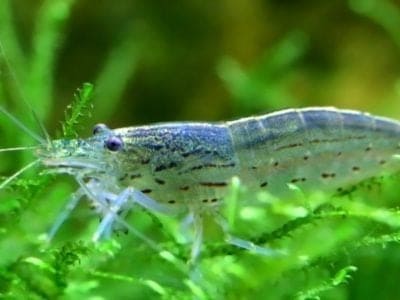
Shrimp
There are 2,000 different species worldwide!
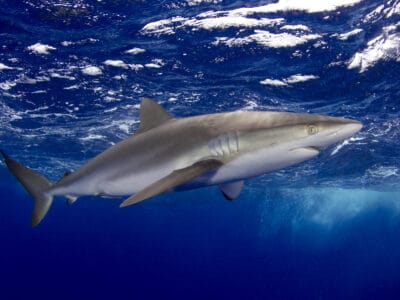
Silky Shark
Has an extremely acute sense of hearing
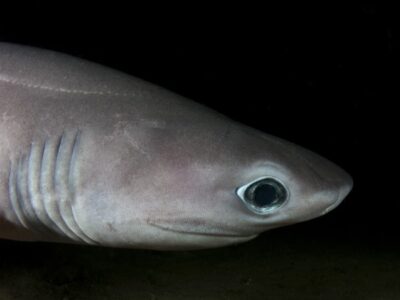
Sixgill shark
The sixgill shark has six pairs of gills instead of the normal five
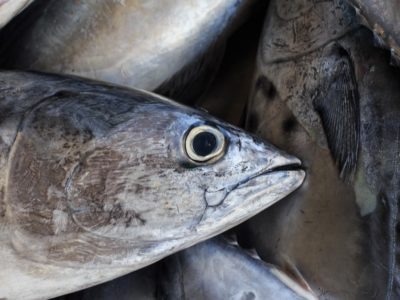
Skipjack Tuna
The skipjack is the most commonly caught tuna in the world
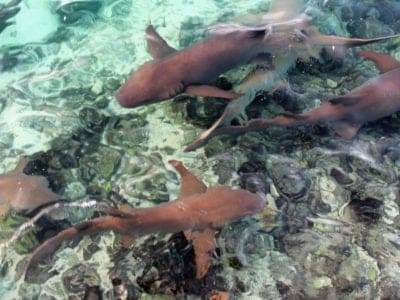
Sleeper Shark
The Greenland shark is one of the longest living vertebrates in the world.
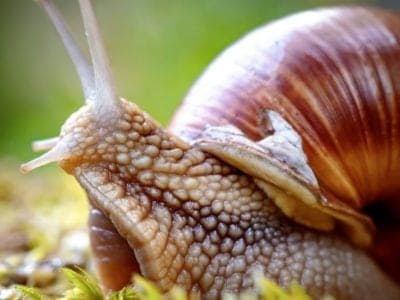
Snail
There are nearly 1,000 different species!
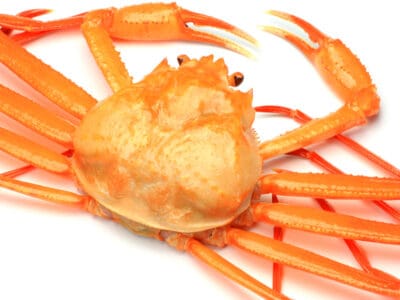
Snow Crab
Snow crabs communicate with each other by waving or drumming their pincers.
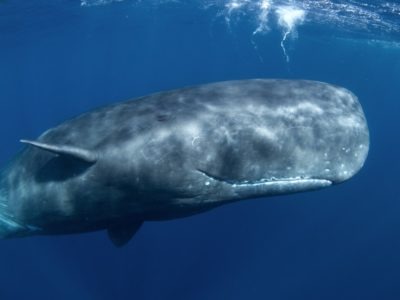
Sperm Whale
Each tooth weighs 1kg!
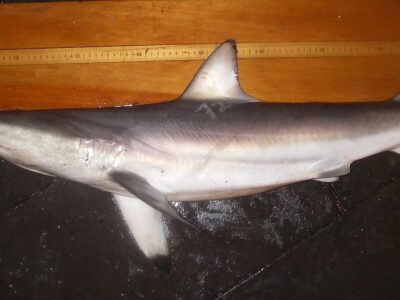
Spinner Shark
Can have up to 20 babies
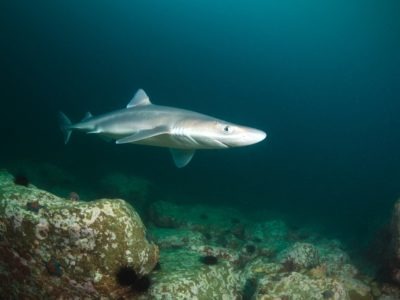
Spiny Dogfish
Found in ocean waters worldwide!
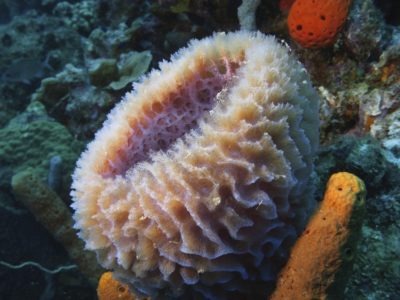
Sponge
There are more than 9,000 known species!
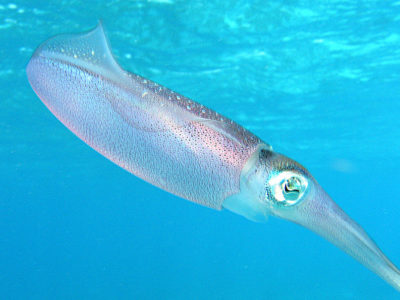
Squid
Some species are known to have 10 arms!
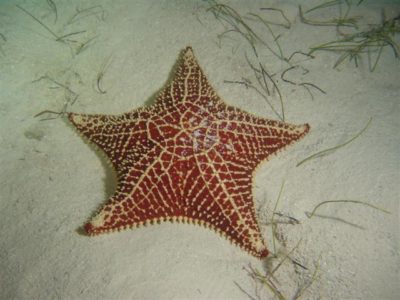
Starfish
Has 2 stomachs to aid digestion!
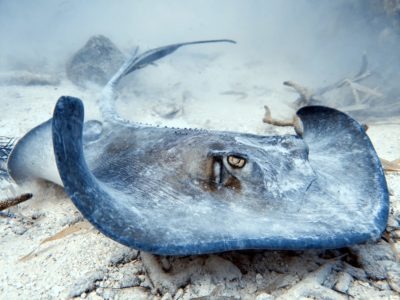
Stingray
It's stinger is razor-sharp or serrated!
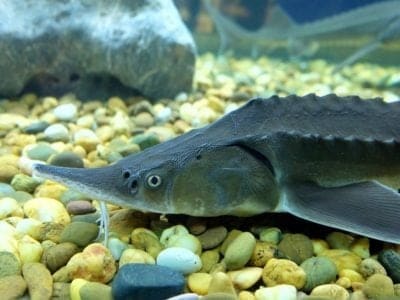
Sturgeon
Large species can swallow whole salmon
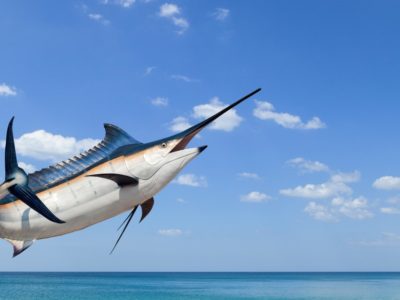
Swordfish
Lose their scales and teeth as adults
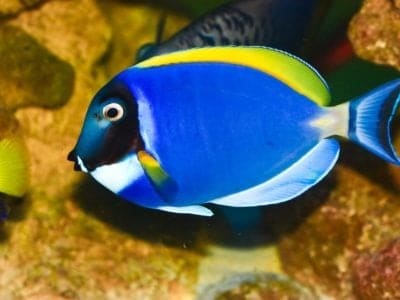
Tang
Found around shallow coral reefs!
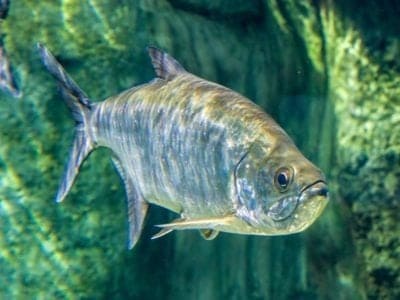
Tarpon
Its genus dates back to the Cretaceous period – 113 million years ago
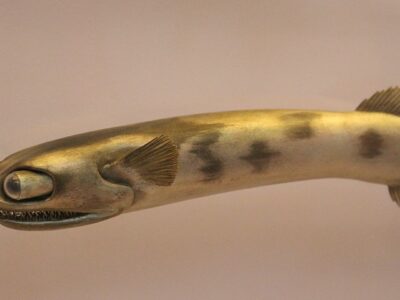
Telescope Fish
Swallows food, much of it larger than them, whole
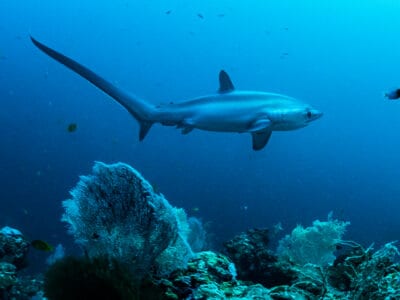
Thresher Shark
Thresher Sharks have a distinctive, thresher-like tail.
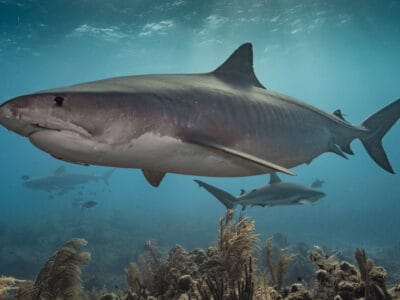
Tiger Shark
The fourth biggest species of shark in the world!
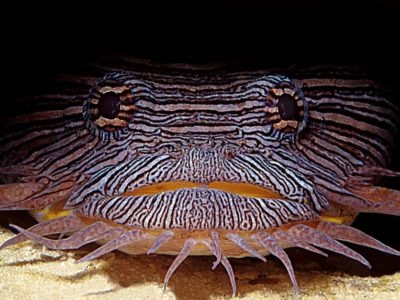
Toadfish
Can be heard out of water
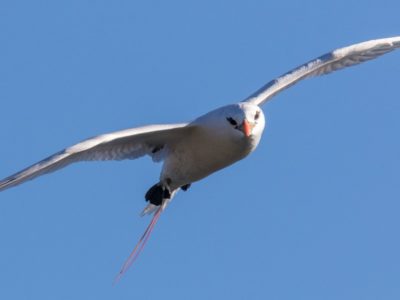
Tropicbird
Nests on tropical islands and cliffs!
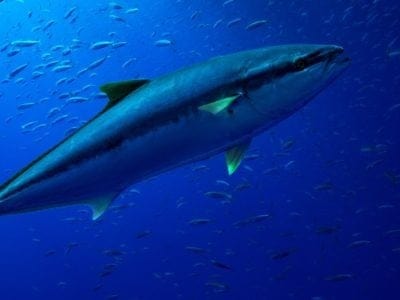
Tuna
The tuna has a sleek body that enables it to swim quickly through the water
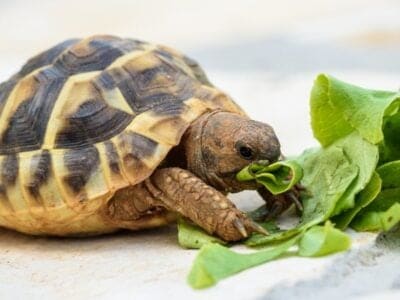
Turtles
Some species of aquatic turtles can get up to 70 percent of their oxygen through their butt.
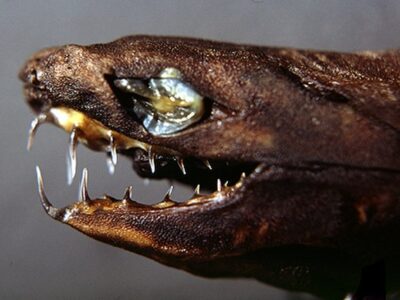
Viper Shark (dogfish)
Most data on these fish is based on observations near Japan.
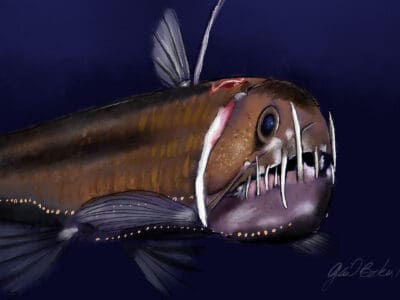
Viperfish
Viperfish have a bioluminescent spine on their dorsal fin.
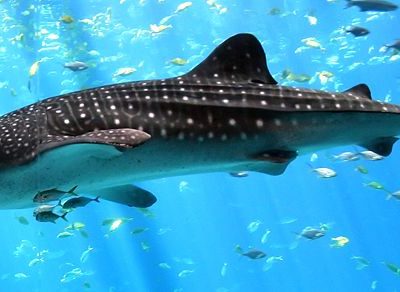
Whale Shark
The largest species of fish in the world!
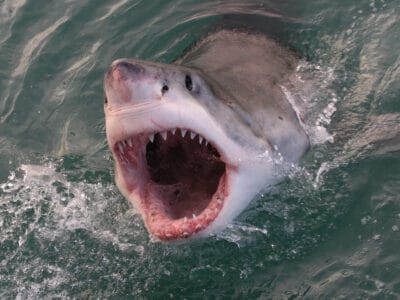
White Shark
White Sharks live in all of the world's oceans.

Wolf Eel
Wolf Eels may become tame and interact with human in areas where people frequently dive.

Wrasse
There are more than 500 different species!

Yellow-Bellied Sea Snake
Sea snakes spend approximately 90% of their lives under water.

Yellowfin Tuna
The yellowfin forms schools with other tuna species

Yeti Crab
The yeti crab has hairy arms, which collect bacteria to feed on
Northwest Pacific Ocean Animals List
- Alaskan Pollock
- Albacore Tuna
- Albatross
- Amberjack
- Anchovies
- Angelfish
- Anglerfish
- Baleen Whale
- Barnacle
- Barracuda
- Barramundi Fish
- Barreleye Fish (Barrel Eye)
- Basking Shark
- Bird
- Black Marlin
- Blanket Octopus
- Blobfish
- Blue Dragon Sea Slug
- Blue-Ringed Octopus
- Blue Shark
- Blue Whale
- Bluefin Tuna
- Bonito Fish
- Booby
- Bottlenose Dolphin
- Box Jellyfish
- Boxfish
- Bull Shark
- Butterfly Fish
- Chimaera
- Chinook Salmon
- Chiton
- Chromodoris Willani
- Clownfish
- Cobia Fish
- Cockle
- Coconut Crab
- Codfish
- Conger Eel
- Cookiecutter Shark
- Coral
- Crab
- Crappie Fish
- Cuttlefish
- Damselfish
- Dolphin
- Dragon Eel
- Drum Fish
- Dusky Dolphin
- Eagle Ray
- Eel
- Elephant Seal
- False Killer Whale
- Fangtooth
- Fin Whale
- Fish
- Flounder
- Flounder Fish
- Fly
- Flying Fish
- Football Fish
- Frigatebird
- Frogfish
- Fur Seal
- Galapagos Penguin
- Galapagos Tortoise
- Garden Eel
- Ghost Crab
- Giant Isopod
- Giant Trevally
- Goshawk
- Great Hammerhead Shark
- Great White Shark
- Grouper
- Gulper Eel
- Hagfish
- Halibut
- Hammerhead Shark
- Harbor Porpoise
- Harbor Seal
- Hardhead Catfish
- Hermit Crab
- Herring
- Horn Shark
- Horseshoe Crab
- Humboldt Squid
- Humpback Whale
- Immortal Jellyfish
- Insects
- Jellyfish
- John Dory
- Keta Salmon
- Killer Whale
- King Crab
- King Salmon
- Krill
- Lancetfish
- Leopard Shark
- Lion’s Mane Jellyfish
- Lobster
- Longfin Mako Shark
- Lumpfish
- Mahi Mahi (Dolphin Fish)
- Man of War Jellyfish
- Manta Ray
- Megamouth Shark
- Minke Whale
- Mojarra
- Mola mola (Ocean Sunfish)
- Moon Jellyfish
- Moray Eel
- Mudskipper
- Nematode
- Neptune Grouper
- Northern Fur Seal
- Nudibranch
- Nurse Shark
- Ocean Perch
- Oceanic Whitetip Shark
- Octopus
- Oilfish
- Opah
- Oyster
- Pacific Sleeper Shark
- Parrotfish
- Penguin
- Pink Salmon
- Pipefish
- Pollock Fish
- Pompano Fish
- Porcupinefish
- Prawn
- Pufferfish
- Pygmy Shark
- Pyrosome
- Reef Shark
- Rock Crab
- Rockfish
- Sailfish
- Salmon Shark
- Sand Dollar
- Sand Tiger Shark
- Sardines
- Sawfish
- Scallops
- Sea Anemone
- Sea Eagle
- Sea Lion
- Sea Otter
- Sea Slug
- Sea Snake
- Sea Squirt
- Sea Turtle
- Sea Urchin
- Seagull
- Seahorse
- Seal
- Sei Whale
- Shark
- Shortfin Mako Shark
- Shrimp
- Silky Shark
- Sixgill shark
- Skipjack Tuna
- Sleeper Shark
- Snail
- Snow Crab
- Sperm Whale
- Spinner Shark
- Spiny Dogfish
- Sponge
- Squid
- Starfish
- Stingray
- Sturgeon
- Swordfish
- Tang
- Tarpon
- Telescope Fish
- Thresher Shark
- Tiger Shark
- Toadfish
- Tropicbird
- Tuna
- Turtles
- Viper Shark (dogfish)
- Viperfish
- Whale Shark
- White Shark
- Wolf Eel
- Wrasse
- Yellow-Bellied Sea Snake
- Yellowfin Tuna
- Yeti Crab
Animals in Northwest Pacific FAQs (Frequently Asked Questions)
What Unique Animals Live in the Northwest Pacific?
One of the Northwest Pacific Ocean’s unique animals is the crested puffin or tufted puffin (Fratercula cirrhata). This cute bird sports black and white feathers with an orange beak and a bright yellow crest. In summer, its talons turn red and the feathers on its face turn white.
Otters: The Northwest Pacific Ocean is home to both river otters and sea otters. River otters divide their time between land and sea. They live on shorelines, riverbanks and the banks of streams. River otters are small and slender.
Sea otters are large and plump. They live in the coldest waters of the North Pacific and spend most of their lives in the water. Sea otters fish and breed in the water.
Both otter species were prized for their fur and almost became extinct. Conservation efforts and hunting bans pulled them from the brink of extinction. River otters have made a recovery, but sea otters were slow to recover and are still endangered.
What Sharks Live in the Northwest Pacific Ocean?
- Blue sharks live in almost all oceans of the world. They can reach 10 to 12 feet.
- Salmon sharks are found in the colder waters of British Columbia and Alaska. They feed on birds, salmon, sea otters and small fish.
- Brown catsharks are small sharks that only reach about two feet. They feed on shrimps, squid and small fish
Does the Northwest Pacific Ocean Have Venomous Sea Snakes?
Its venomous snakes include the California sea snake, also known as the yellow-bellied sea snake, and the banded sea krait.








